“Woah …. Woah! This is massive!” -Matt
“Welcome to the JET tokamak” -Fernanda Rimini
Getting to see the JET tokamak fusion reactor in person was an eye-opening experience, but not in the way you might expect. What I got to see during my time at the Culham Science Center in the UK went well beyond what JET is doing. There’s a whole ecosystem that’s needed to support a future fusion industry, and the UK government is really pushing every aspect of that. There’s a lot of buzz around fusion startups, but for any of this to work, it’s going to take a holistic view to address the many challenges around it. So what’s that going to take? And … what’s it like to stand inside a tokamak?
The old joke is that fusion energy is always 30 years away, however, it’s long running experiments like JET that have helped to push our understanding of fusion forward and make major advances over the past few decades. Just a couple of years ago it set the record for longest sustained energy.1
The whole reason I make these videos is to share my excitement and interest in technology … in what humanity is capable of when we put our collective minds to a very difficult problem. I’m not a scientist, so these videos are me sharing my learning journey and curiosity. And my journey over to the UK, which I’ve dubbed as my “UK nuclear tour,” is a part of that. This is the first in a series of videos that I’m releasing about that tour. You’ll get to see everything from large government-funded research facilities, to privately funded fusion, to a small startup doing something with fusion that you might not expect. So be sure to subscribe and turn on notifications to not miss those.
To kick things off in this video, I thought it would be good to look at the big picture when it comes to fusion. And there’s no better place to start than the UK Atomic Energy Authority (UKAEA) and the Culham Science Center in Oxford. This really is a braintrust of brilliant people trying to tackle not just fusion energy, but everything that will be needed to support it. I’ll be getting to the JET and the MAST-U tokamaks in a bit, but there’s some interesting challenges that come with fusion.
Basics of fusion
Just for a quick refresher, when you’re talking about nuclear power plants that we’re all familiar with, it’s nuclear fission, no “u.” That’s when a neutron slams into a larger atom, which splits it into two smaller atoms. Additional neutrons are also released in this process and can start a chain reaction by slamming into more atoms to continue the process. When an atom is split a massive amount of energy is released in the form of heat. In the nuclear reactors we have today around the world, that heat is captured to turn water into steam, which then turns a turbine to produce electricity.
Fusion is the opposite of fission, and it’s what’s happening in our sun and all stars in the universe. Fusion is when two atoms slam together to form a single larger atom, however, the single larger atom will be ever so slightly lighter than the two separate atoms. That extra mass is converted into energy. For instance, like two hydrogen atoms fusing together to form one helium atom. The power released in this process is several times greater than the power released from fission.2
Once the fusion reaction is established in a reactor like a tokamak, a fuel is required to sustain it 3. There’s a few different key fuels that are options for fusion: deuterium, tritium, or helium-3. Both deuterium and tritium are heavy isotopes of hydrogen.4 5 If you look at this graph, you’ll see the output differences between deuterium + helium-3, deuterium + deuterium, and deuterium + tritium.6 It’s why most fusion research is eyeing deuterium + tritium because of the larger potential energy output.
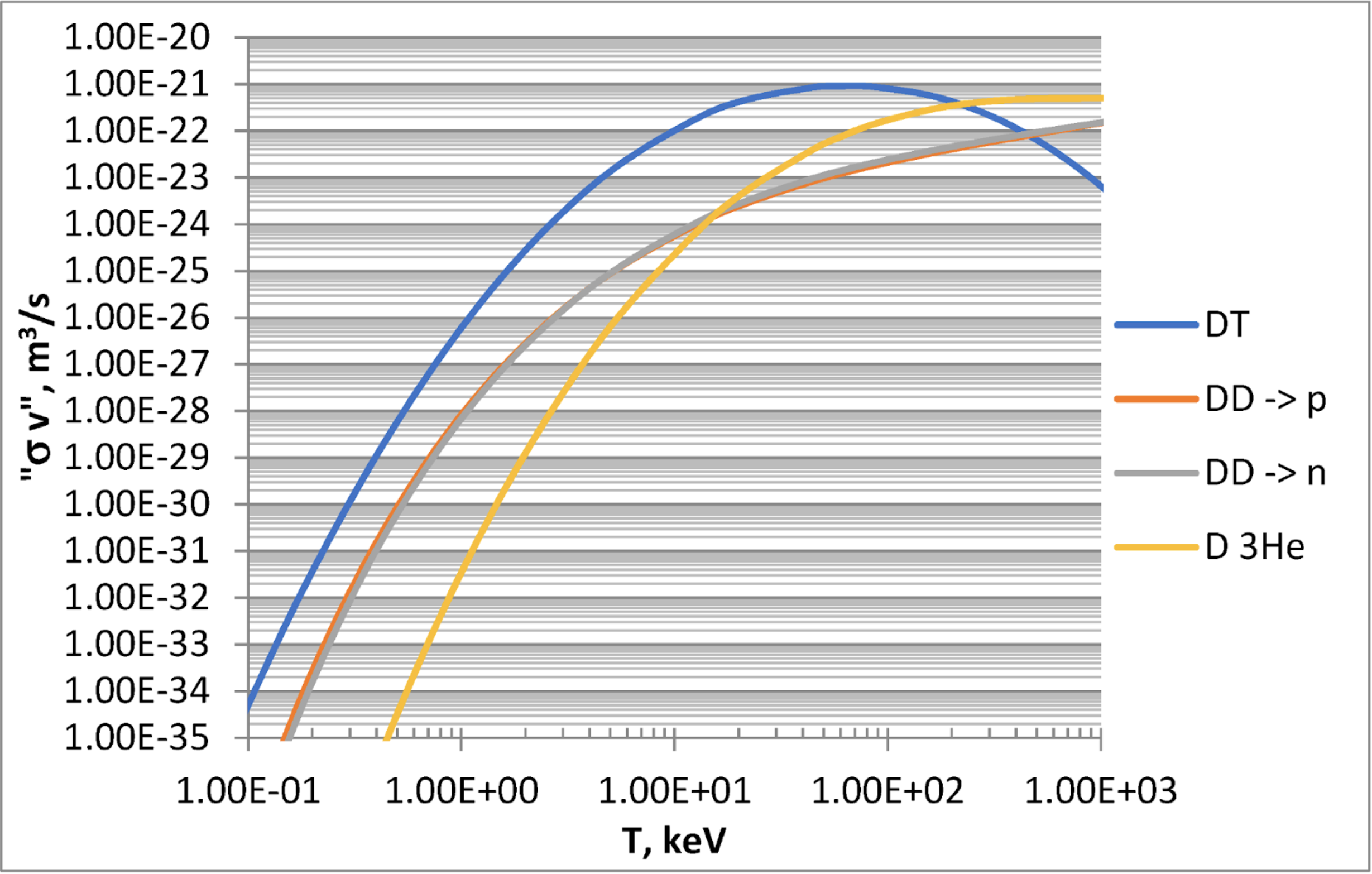
One important thing to keep in mind is that some of these reactions, like deuterium + tritium, produce neutrons. And neutrons, unlike some other forms of ionizing radiation, can actually make things they impact radioactive. It’s a process called neutron activation. While the radiation generated by fusion reactions is short lived, it’s still something you have to contend with and address … especially with maintaining a tokamak reactor.
RACE
That’s where my first stop at the Culham Science Center comes into play. I had a chance to check the Remote Applications in Challenging Environments facility, or RACE, which is all about creating mechanical systems to maintain dangerous or difficult to access machinery. One of the systems they’ve created is called MASCOT, which is essentially acting like an extension of an operator’s arms and hands. They can manipulate the remote gripper to remove panels, change out components, and do maintenance at a safe distance.
One of my first questions, which some of you are probably wondering too, was why this isn’t a computer controlled system. Why use a human operator?
“So there are levels of automation in this in terms of complete automation, given that it’s one machine and we are again, very delicate around everything we do. Impacted delays is so huge. It’s still being done manually and well through the life of this machine. Looking forward to other reactors in the future, there will be higher levels of automation in that, where they’re gonna be running for extended periods of time, have longer life durations, and be doing more routine work. Where this is an experimental reactor, it’s much more, you might do something just once. So the idea of programming an automated sequence for it … there isn’t that huge value. But definitely going into future reactors is that.” -Oliver Huke
“So you can retract the robot, pull the booms in and out, move them into position through automation. But when it comes to the actual handling of the environment, that’s what a human takes over.” -Oliver Huke
As you can see from the monitors, they’ve created a digital twin of the reactor to work within for simulation, and to also give them multiple viewing angles of what’s happening in the environment. Before an operator can even touch the real machine, it requires 1,000 hours of training time, which I actually got to experience for a few minutes. To say it was fun would be an understatement.
“This is, yeah, photo switch for the switch. And push this button. The good button is on that is force speed start to activate. Okay. You can so hit the table. You can feel the force speed back. Yeah.”
“Okay. And. Oh, whoa. That is crazy.” -Matt Ferrell
“Oh, another bingo.”
“Yeah…” – Matt Ferrell
“Okay. This is the best video game I’ve ever made. That is so cool. – Matt Ferrell
“Can we fight you on that?”
“ Yes. That is so awesome.” -Matt Ferrell
You could feel the edges of the block, or the right hand gripper knocking into the left hand gripper, as well as the weight of the block when you lifted it up off the table. It was pretty easy to see why those haptics are important for operation. Down on the floor of the facility they have a massive work area of experiments with different technologies at play. Not to go down a rabbit hole too much, but in talking with the team they explained why they’re experimenting with mechanically driven robotics, with things like gears and motors, versus cables like MASCOT uses.
“These are off-the-shelf, two-handed manipulator robots that we are starting to work with and see what the value is in applying that kind of off the shelf technology.” -Oliver Huke
“Very different in the technology they use between them. This one is all mechanically driven throughout with conceptual shafts and gears as opposed to a cable driven system like the mascot or the other, off the shelf robot there. They have different benefits and drawbacks. The cable driven ones are much more dextrous and feel a lot lighter, but the mechanically driven ones are massively more radiation tolerant.” -Oliver Huke
When I got to try out this setup, it felt somewhat similar to the training system I used, but I could feel the ticking and grinding of the gears as well. It took a minute to get used to, but … I don’t mean to brag, but I think I picked it up pretty quickly. It’s surprising how quickly you adapt to the machine and get the basic hang of it. My lifetime of playing video games may have also helped.
But even with that training, you still need something to test it on in the real world before you move into use on the actual tokamak, which is why they have a lifesize replica for the team to train on. I felt like a kid on Christmas morning getting to go inside the tokamak and get a better sense for the size and scope of the device. In case you didn’t know, JET is shaped like a giant donut, which shouldn’t be too much of a surprise since a hint is right in the name: Joint European Torus.
“So this is the inside of that torus. So this is where we come to do training and we practice using mascot, which is our remote manipulator that we do work with. Essentially like a one-to-one replica of the inside of our machines. So it’s all sort of made from scratch … apart from this section that I’m in right now, this is one of the actual octas of a jet. So Jet is split into eight segments, but there’s actually nine, so the spare makes up part of the training facility.” -Leah Morgan
“So mascot snakes in round here. And then we have the task module come from a separate opening. The task module is a table, but a fancy table. And, the operators can basically practice all of the tasks that they need to do actually in the machine because it’s really important that the machine is turned back on as quickly as possible. So, it is really important that the operators know what they’re doing and they’re really skilled at what they’re doing because dropping a bolt somewhere and here would be bad. But dropping a bolt inside JET would be really bad. So this is where they come to practice, but it’s also where the technicians come to practice as well. Occasionally we do have to send people in and they also come practice in the same area.” -Leah Morgan
While maintaining Fusion reactors is a key part of RACE’s research, it’s not the only application of what they’re doing. It has much broader applications for other industries that have hazardous materials or environments that might be difficult for humans to safely operate in. We’re looking into a potential future video on this topic, so let me know if you’d like to see more on robotics. I’ve just scratched the surface of what I saw at RACE, but I was blown away by all of the different experiments. This is an aspect of fusion energy that I hadn’t thought about or even considered.
MAST-U
My next stop was the newer MAST-U tokamak, where I got to speak to the Director of Toakamak Science, Dr. Fulvio Militello. This ties right back to what I said at the beginning. The joke that fusion is always 30 years away is ignoring all of the incredible progress that’s been made over the past 40-50 years. Fulvio showed me the first working tokamak that was operated at the facility … it was oddly cute.
“Our tours start here because this is a tokamak reactor, this is an experiment that we had here on site working. It’s not a model, it’s the real thing. In the 1960s. And this also, to give you an idea of how much the field has evolved in 40, 50 years, it’s an incredible progress. From a device that can literally sit on a table to what you’ll probably see at JET later.” -Dr. Fulvio Militello
So things have evolved from small table top experiments to large scale facilities. The MAST-U (Mega Amp Spherical Tokamak Upgrade) project is important to the UKAEA because it’s a major step towards achieving commercially viable fusion power plants that would provide clean, safe, and abundant energy.7 MAST-U is focused on solving the key challenge of plasma exhaust, which is needed to achieve commercial fusion power, and its new plasma exhaust system, called Super-X, has been designed to reduce heat and power loads, potentially making diverter components last longer.8 In my conversation with Fulvio he mentioned that the diverter is key for commercial power plant designs down the road because of how it handles the excess heat that’s not used for electricity generation.
“It’s fundamentally the handle of a cup full of hot coffee. So, our plasma is the coffee that we want to drink. It’s what we really want to get, right?” -Dr. Fulvio Militello
”Right.” -Matt Ferrell
“We want to get this coffee as hot as possible, but we will not be able to handle it if we were just holding the cup with our hands. So we need a handle … and the diverter has the same function. It tries to separate this very hot and very energetic plasma from the surface of the device. And so we divert our plasma energy. In this version of the device here, the mockup or up here and on here in this feature. And that component is specifically designed to accommodate this very large energy device. This design that we have is the most unique in the world. Nobody else has it. It’s called a Super-X configuration. It’s just a technical term that we physicists use, but the idea is that it’s specifically designed to accommodate this very large energy.” -Dr. Fulvio Militello
“Yeah. I was very curious about the diverter. What made that … because that’s a very significant upgrade from my understanding.” -Matt Ferrell
“Yes, it is. MAST upgrade has already generated extremely interesting physics associated with this new feature. So, for example, we’ve been able to see that the energy that is coming out of the machine is very well handled by this new component. And the performance that we have observed compared to more standard designs are a factor 10 higher. So this is a really good result that we have already discussed with the scientific community and we’re very proud of it. And we will also, in the new experiments that we’re doing now, we will want to understand how our plasma is interacting with this new feature of the device. And we are very hopeful this design will become part of future power plants.” -Dr. Fulvio Militello
The MAST-U’s ‘spherical tokamak’ design has the potential to be a cheaper and more efficient means of providing fusion energy than is currently possible in larger devices.7 As Fulvio mentioned, the new diverter reduces the heat of the exhaust material by a factor of 10, making it possible to channel the exhaust out of the machine at temperatures that the machine’s components can withstand. That should increase the machine’s lifespan and economic viability.7 8 But in the near term MAST-U’s whole purpose is to continue experiments and learning how this specific design handles plasma, increases energy output, and more. The ultimate goal is another big step towards power plants.
“And also the element is super important. These experimental devices are not just for the physics, they are also to learn how to operate future power plants. How to maintain them, how to make sure that they are in the proper state. How to improve them. So there is also an important operational capability building that is done with these experimental devices.” -Dr. Fulvio Militello
JET
Which brings us back to JET.
“Woah …. Woah! This is massive!” -Matt Ferrell
“Welcome to the JET tokamak” -Fernanda Rimini
“Oh my god …” -Matt Ferrell
“Welcome to the torus.” -Fernanda Rimini
“This is massive.” -Matt Ferrell
“This is my reaction when I did my thesis on a tokamak that was this big. And the first day I came here I couldn’t believe it was this big.” -Fernanda Rimini
I can count on one hand the number of times I’ve been blown away like that. One of my favorite moments was walking into the vehicle assembly building at NASA, where they built the Apollo rockets, and getting to see one of the space shuttles getting decommissioned. This ranks right up there … but that was Fernanada Rimini giving me the tour of JET. She’s kind of a legend in fusion energy research and was instrumental in JET’s recent record breaking results. So it wasn’t just getting to see JET in person that was awesome, it was getting to meet people like Fulvio and having Fernanda show me around JET that took it to the next level.
JET has been around since the early 1980’s and has gone through many upgrades and revisions over time. You can see some of that just by the way it looks. It’s kind of like the house that Jack built. When I asked Fernanda how JET has stayed relevant for so long, I thought her answer tied in nicely to what Fulvio was hitting on too.
“One of the biggest advantages of JET is that JET was designed and has always been operated with the physics and the engineering teams working together. So you don’t just get physicists writing impressions on the wall and engineers in a corner doing their work there. There really is a dialogue between the two. And this allows the fact that, for example, when there is a physics breakthrough, like, I’m going into details now, but there was something discovered in the early eighties. There was the H mode that gives you plasma hotter. It wasn’t quite prepared for that, but because engineering picked up on it, JET was changed significantly and we could operate in this H mode.” -Fernanda Rimini
But it wasn’t just the synergy between physicists and engineers that have kept JET relevant. There’s another thing that’s been taking the world by storm the past year or two, but has already been playing a role in all fusion research, and that’s AI.
“Do you think AI is playing a big role in what feels like an acceleration of what we’re learning?” -Matt Ferrell
“AI is playing a big role. It will play a big role in the way we control the plasma and in the way we protect the plasma. So yes, it will.” -Fernanda Rimini
“We have solutions that come out and say, oh, maybe we could implement this. Real time systems right from AI and the physics teams are taking advantage of that. So you can iterate through simulations quickly. We can do simulations in real time as well. We can do model based stuff in real time these days, which we couldn’t even 10, 20 years ago.” -Fernanda Rimini
That’s just one example of why I think it feels like fusion research and startups are accelerating these days. I mean, there’s a lot of factors, but computer modeling is dramatically accelerating research. Material science advances are addressing engineering challenges, like superconductors making smaller, stronger magnets. I’ve touched on that in a previous video about the MIT spin-off Commonwealth Fusion Systems. There’s a lot of challenging issues getting resolved.
As big and crazy as the JET tokamak looks, it’s been an essential tool for the scientific community to learn about fusion reactor designs and how to control plasma and the reactions. They’ve added components over time to test different aspects of how things work and learn from it.
“Anything you want, we can measure it. And most of it in real time. In real time.” -Fernanda Rimini
But the part that kind of blew my mind was that they’re also going to be learning from JET’s decommissioning, which will be happening in about a year.
“You can be learning from the decommission?” -Matt Ferrell
“Oh, yes, absolutely.” -Fernanda Rimini
“I love that.” -Matt Ferrell
“The samples, the first, for example, they will take samples from the tiles that are inside and analyze them to see what has the effect of the plasma been on them. How is the material been implanted in the tiles? How far all these things will be? How are the material changes from the nutrons? How do we handle it? Can we handle it all with remote handling or will at some point people need to go in.” -Fernanda Rimini
“I love that you’re learning from every aspect of operating it, learning the skill sets, how to operate the machine, how to take care of it, how to take it down. I love that.” -Matt Ferrell
“Yes. That will be absolutely, you know, a first in terms of trying to learn as much as possible.” -Fernanda Rimini
The UKAEA is really taking a holistic approach toward fusion research. They have a new facility built that’s currently looking into tritium research, which is a major sticking point for the future of fusion, and the fuel that most people find the most promising. As of right now, there’s not enough tritium production in the world to support a commercial power plant, so that’s another thing to figure out. They’re also partnering with private companies to support varying approaches for fusion power … they have an incredible agnostic approach. I’ll be talking about one of those companies in the next video, First Light Fusion, so be sure to subscribe and turn on notifications to not miss that.
I was incredibly impressed with the size and scope of what the UKAEA is doing to support the broader fusion industry. I was even more impressed by all the amazing people I met during my day there. Thanks to Oliver, Leah, Fulvio, Fernanda, and everyone else I spoke to. This only scratched the surface of what I experienced, so I’m going to try and get more of this out on the Still TBD podcast and over on my Patreon.
- “European fusion reactor sets record for sustained energy” ↩︎
- “Fission and Fusion: What is the Difference?” ↩︎
- “Fueling the Fusion Reaction” ↩︎
- Nuclear Fusion Basics ↩︎
- “Fusion Power” ↩︎
- “Classical Thermodynamic Analysis of Deuterium-Based Fusion Reactions” ↩︎
- “Major Project Award for team behind machine vital to developing commercial power from nuclear fusion” ↩︎
- “MAST-U” ↩︎




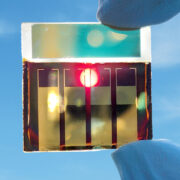
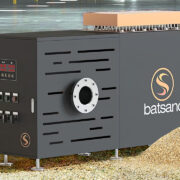

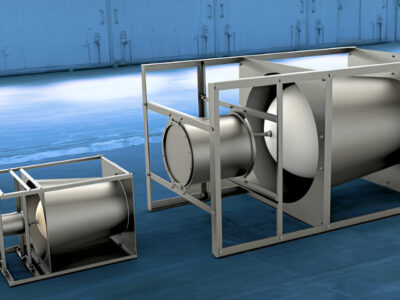
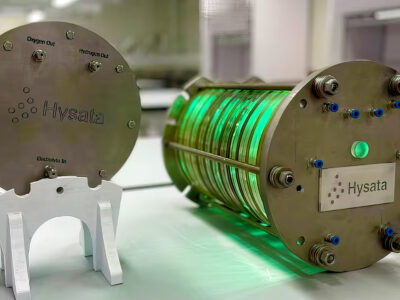
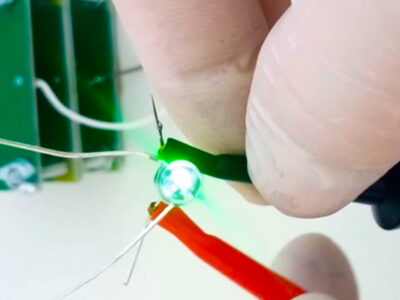
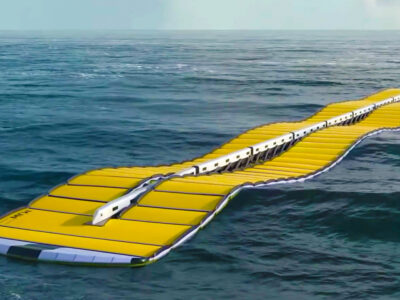


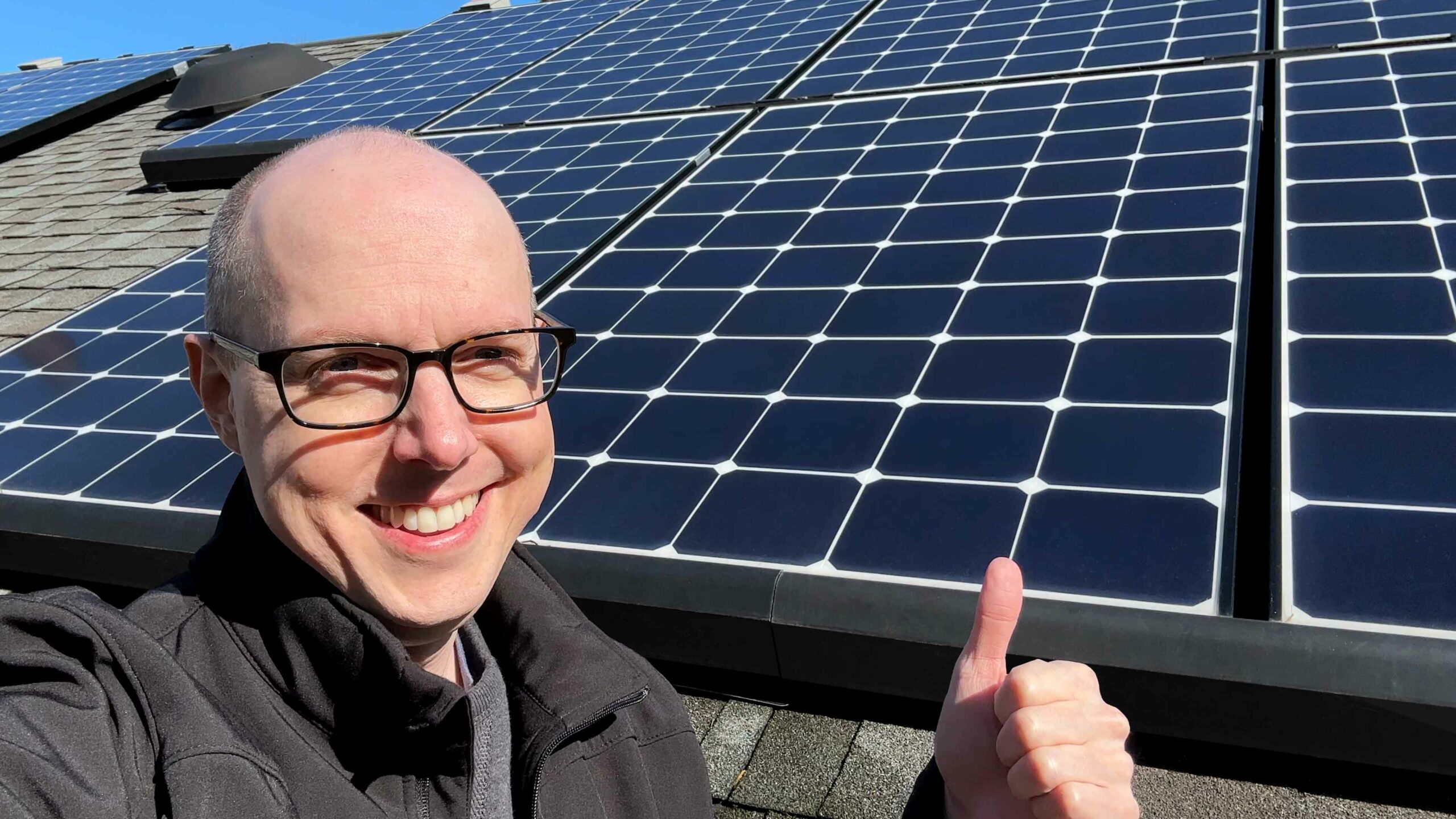
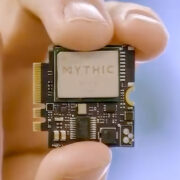
Comments